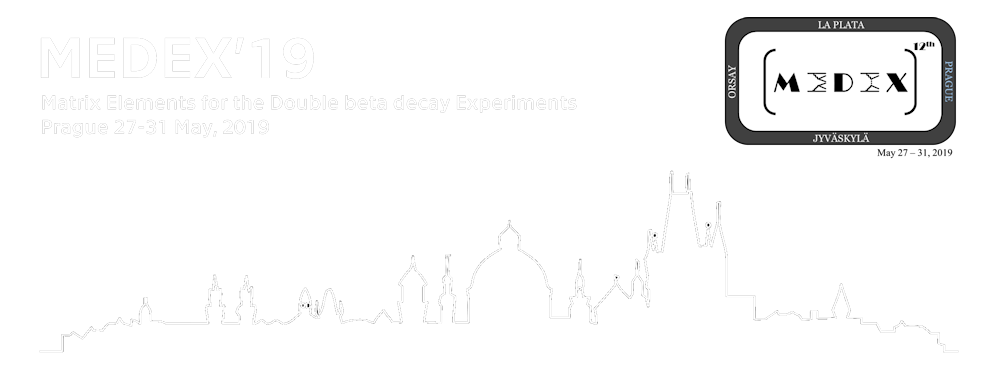Dr
Oksana Polishchuk
(Kyiv Institute for Nuclear Research)
5/31/19, 11:00 AM
Oral Presentation
By comparing decay rates of neutrinolessdouble electron capture and electron capture with positron emission one could distinguish mechanism (due to light neutrino exchange or right-handed currents admixture in the weak interaction) of the neutrinoless double beta “minus” decay if observed. However, even the allowed two-neutrino mode of electron capture with positron emission is not observed...
Mr
Dmytro Kasperovych
(Institute for Nuclear Research, Kyiv, Ukraine)
5/31/19, 11:30 AM
Oral Presentation
The nuclide 150Nd is one of the most promising to search for double beta decay among 35 naturally occurring double beta isotopes due to the high energy release 3371.38(20) keV and comparatively high isotopic abundance ~5.6 %. The double beta transition to the first 0+ 740.5 keV excited level of 150Sm was observed in few experiments with the half-lives in a wide range (7 – 14) x 10^19 yr....
Grigory Koroteev
(MIPT)
5/31/19, 12:00 PM
Oral Presentation
The effect of the GT-resonance structure of charge-exchange strength function in the ${^{76}Ge(^{3}He,t)^{76}As}$ reaction on the solar neutrino capture cross section was examined. It is shown that accounting of GT-resonances increase solar neutrino capture rate more then 20%. Theoretical strength functions for $^{76}Ge$ and $^{74}Ge$ were calculated in accordance with the framework of the...

